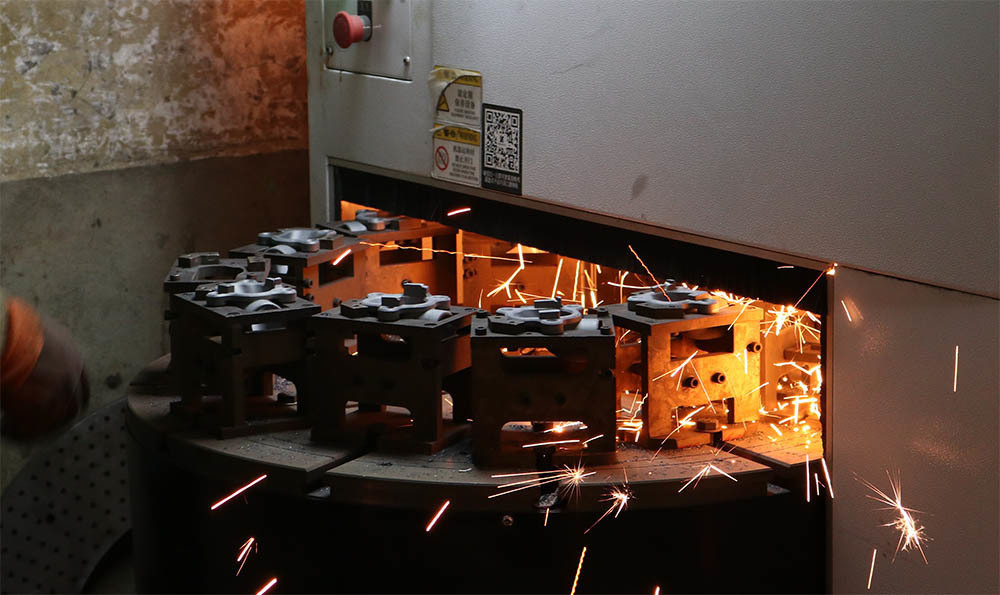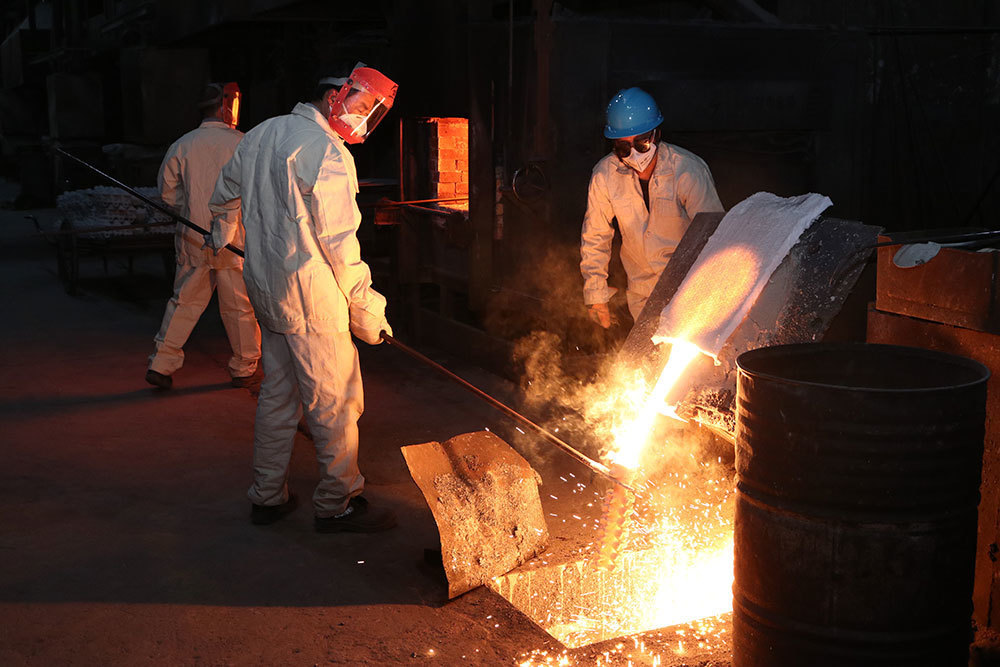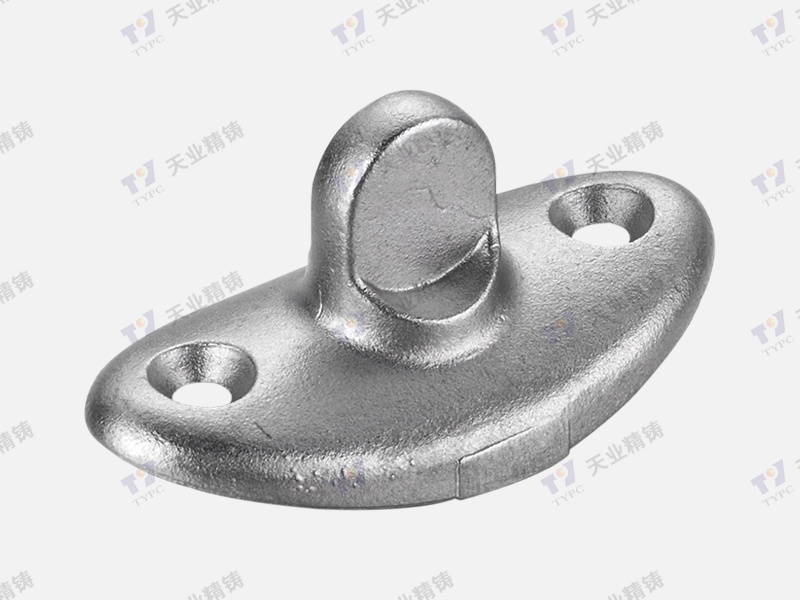2025-06-17
Understanding Auto Parts Exhaust Cycle Castings: A Comprehensive Guide
Auto parts exhaust cycle castings play a crucial role in the automotive and industrial sectors. These components are integral to the vehicle's exhaust systems, which are designed to manage and reduce harmful emissions while optimizing engine performance. Understanding the mechanics behind exhaust cycle castings helps clarify their importance in maintaining environmental standards and enhancing the efficiency of internal combustion engines.
At its core, exhaust cycle castings are fabricated using various metals and alloys, typically including aluminum, iron, and stainless steel. The casting process involves pouring molten metal into molds to create precise shapes and sizes that meet the design specifications of auto parts. This method not only allows for complex geometries but also ensures the durability and strength required for high-performance applications.
One of the primary functions of exhaust cycle castings is to direct exhaust gases away from the engine. The efficient flow of these gases is vital for maintaining optimal engine performance. If the exhaust system is compromised, it can lead to increased back pressure, which negatively affects fuel efficiency and overall engine output. Therefore, choosing high-quality castings is essential for both performance and longevity of the vehicle.
In addition to performance, exhaust cycle castings are integral in adhering to environmental regulations. Automakers are under increasing pressure to produce cleaner vehicles, and the exhaust system plays a key role in this effort. Advanced casting techniques allow manufacturers to create components that not only improve airflow but also incorporate features such as catalytic converters and mufflers that minimize harmful emissions.
The manufacturing process of auto parts exhaust cycle castings also emphasizes sustainability. With advancements in metal recycling and eco-friendly practices, manufacturers are striving to reduce waste and the environmental impact of their operations. This shift towards greener practices benefits not only the industry but also contributes to global efforts in reducing carbon footprints.
In conclusion, understanding auto parts exhaust cycle castings reveals their significance in both performance enhancement and environmental stewardship. These components are fundamental in ensuring that vehicles operate efficiently while meeting stringent emission regulations. By investing in high-quality exhaust cycle castings, manufacturers and consumers alike can contribute to a more sustainable future in the automotive industry.
At its core, exhaust cycle castings are fabricated using various metals and alloys, typically including aluminum, iron, and stainless steel. The casting process involves pouring molten metal into molds to create precise shapes and sizes that meet the design specifications of auto parts. This method not only allows for complex geometries but also ensures the durability and strength required for high-performance applications.
One of the primary functions of exhaust cycle castings is to direct exhaust gases away from the engine. The efficient flow of these gases is vital for maintaining optimal engine performance. If the exhaust system is compromised, it can lead to increased back pressure, which negatively affects fuel efficiency and overall engine output. Therefore, choosing high-quality castings is essential for both performance and longevity of the vehicle.
In addition to performance, exhaust cycle castings are integral in adhering to environmental regulations. Automakers are under increasing pressure to produce cleaner vehicles, and the exhaust system plays a key role in this effort. Advanced casting techniques allow manufacturers to create components that not only improve airflow but also incorporate features such as catalytic converters and mufflers that minimize harmful emissions.
The manufacturing process of auto parts exhaust cycle castings also emphasizes sustainability. With advancements in metal recycling and eco-friendly practices, manufacturers are striving to reduce waste and the environmental impact of their operations. This shift towards greener practices benefits not only the industry but also contributes to global efforts in reducing carbon footprints.
In conclusion, understanding auto parts exhaust cycle castings reveals their significance in both performance enhancement and environmental stewardship. These components are fundamental in ensuring that vehicles operate efficiently while meeting stringent emission regulations. By investing in high-quality exhaust cycle castings, manufacturers and consumers alike can contribute to a more sustainable future in the automotive industry.









